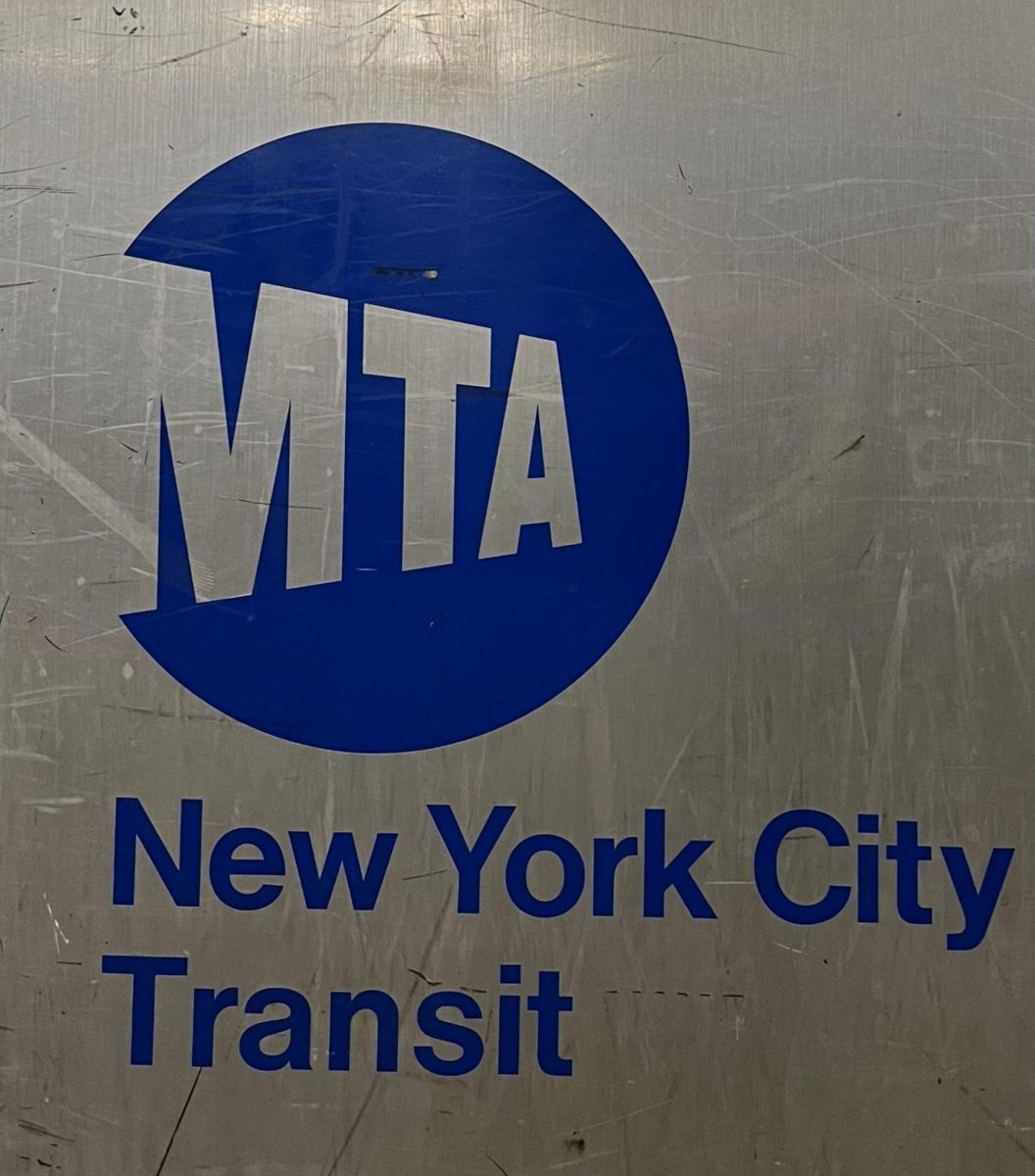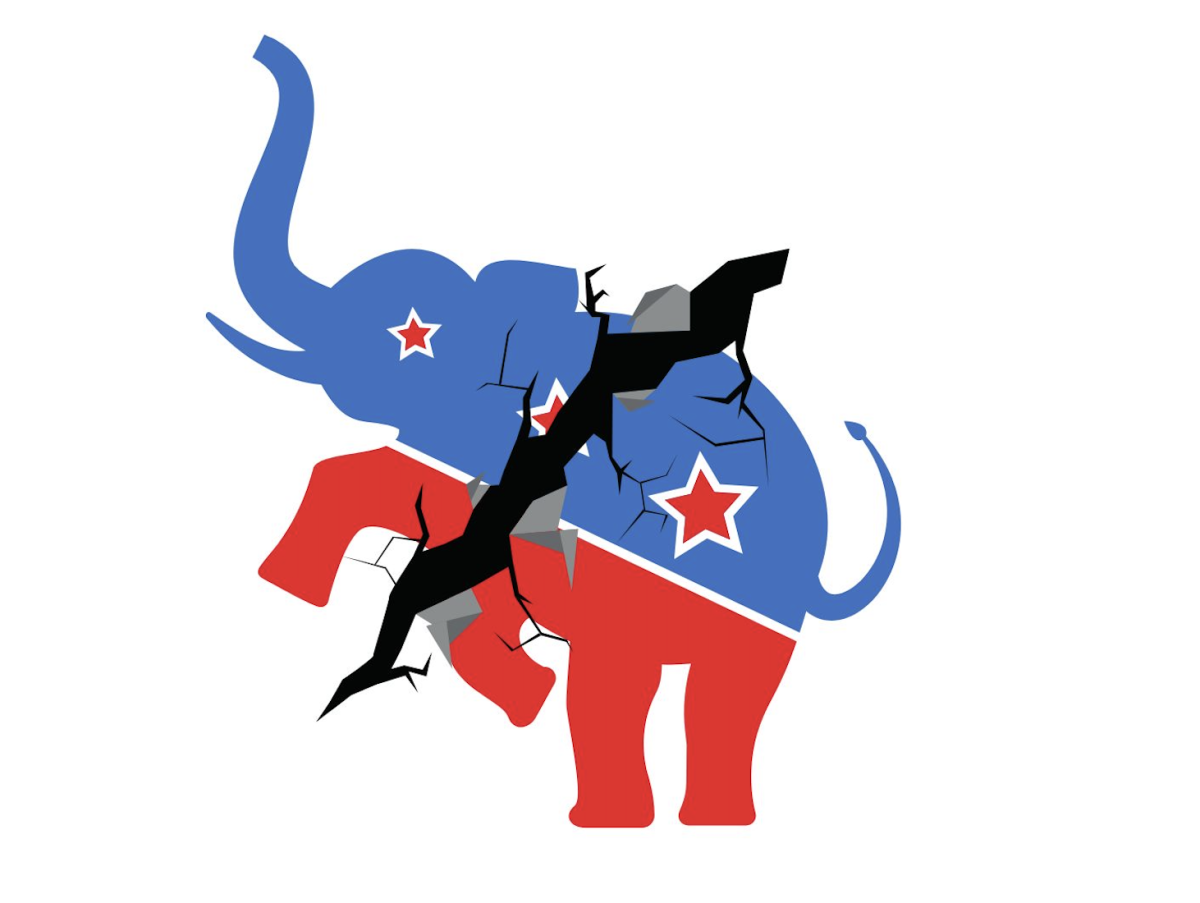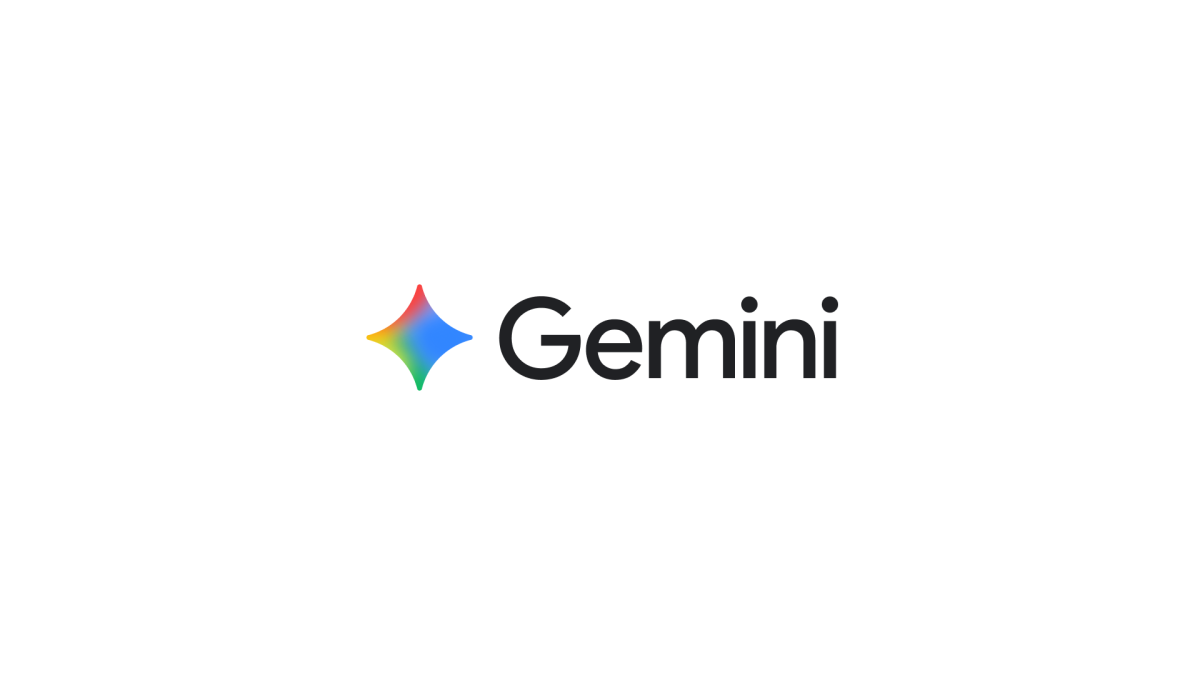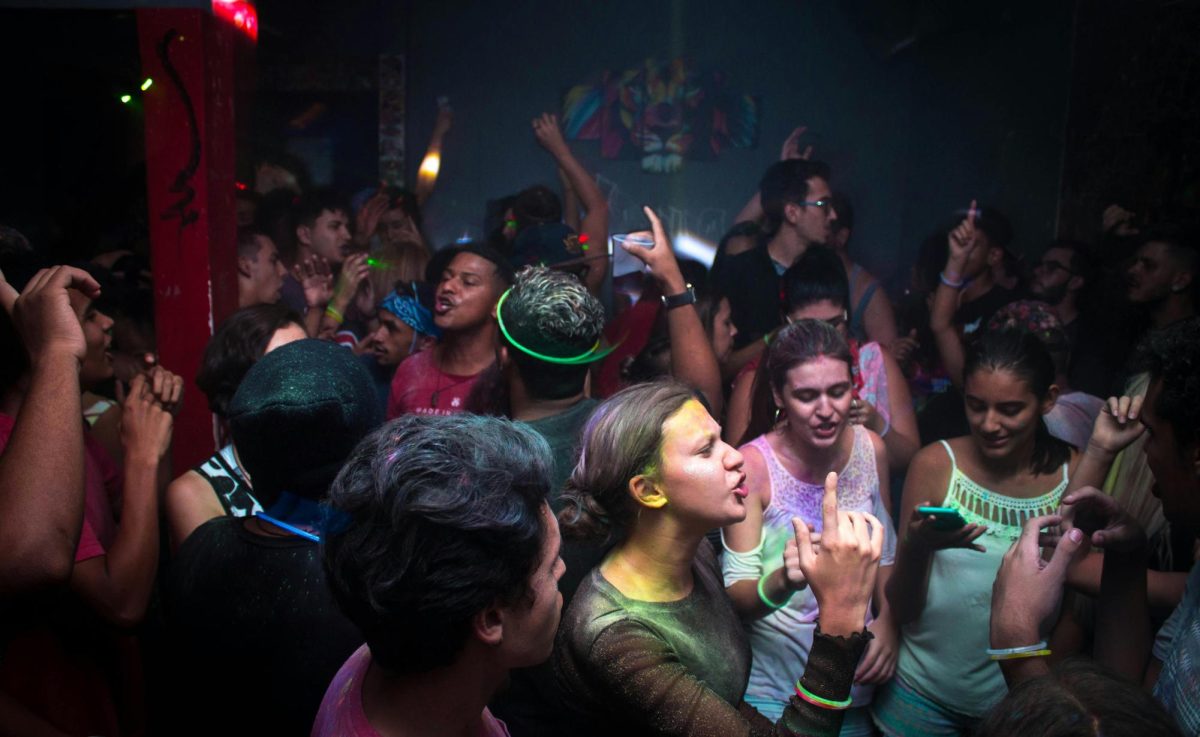On Sept. 18, the Metropolitan Transportation Authority’s (MTA) board approved a five-year plan, estimated to cost more than $68 billion, which would provide reliable and frequent train service, improve the customer experience and implement climate change initiatives within the transit system. This plan would upgrade existing train systems, provide funds to purchase new trains and buses and enable the MTA to fix stations that are in disarray. This plan comes only several months after a pause was put in place regarding congestion pricing, which is estimated to increase the already massive funds deficit within the MTA. CBS reports that the MTA is currently facing a projected financial deficit of $428 million by 2027 and $469 million by 2028.
According to MTA officials, the only way to implement this plan is through state funding. Officials estimate they need at least $33 billion from the state to implement these projected changes. The MTA has stated that without this funding, it will be unable to offer its commuters access to new trains and more accessible stations.
However, these plans come at a time when the MTA faces an existing $16 billion shortfall in funding. The newly approved plan was announced without any clear indication of how the MTA intends to address billions of dollars in funding deficits.
Brian Fritsch, a member of the Permanent Citizens Advisory Committee of the MTA, stated, “It’s time to unpause the pause on congestion pricing.” Perhaps this was a strategic move on the MTA’s part to put pressure on New York Governor Kathy Hochul to unpause congestion pricing and assist in remedying the funding deficit.
Typically, when the MTA announces plans for upgrades, they outline various avenues of revenue that will assist in covering the costs. The agency expects to receive $13 billion in federal funding and is planning to borrow an additional $10 billion, but has not explained how they intend to manage the nearly $45 billion funding shortfall. Despite owing nearly $48 billion from our current plan, the MTA still believes it can secure more money. Some MTA advocates have suggested that congestion pricing could fund the next five-year plan, but that’s not the whole story. The New York Post reported that the congestion pricing was initially supposed to fund $15 billion for the current plan, but even if Hochul hadn’t paused it, it wouldn’t have filled the massive funding gap.
With no clear explanation of where the additional funding for this new plan will come from, there is increasing speculation that subway and bus fares may rise. Many commuters worry that the MTA may pass the burden to consumers by raising costs for commuters to help close the funding gap. Given the MTA’s history of increasing fares during times of financial insecurity, these concerns aren’t baseless.
In fact, the MTA has already increased fares this year. Further increases in fare costs would likely spark even more backlash from city residents. Relying on growing fares to close funding gaps is beyond unrealistic. The MTA needs billions in additional funding to implement its new plans, a number that simply will not be generated through fares alone. Although raising fares may help the MTA financially in the short term, it doesn’t address the massive dollar demands of the new five-year plan.
Although the MTA has identified several potential revenue streams, its $68 billion plan still needs to be funded, leaving New Yorkers with one question: who will cover the cost? With no clear answers, the likelihood of the MTA executing these transit upgrades appears slim. MTA’s inability to answer questions about funding shortfalls leaves many New Yorkers fearing the worst: increases in fares, higher taxes, or the possibility that pre-existing services will be reduced if funding isn’t gathered.







